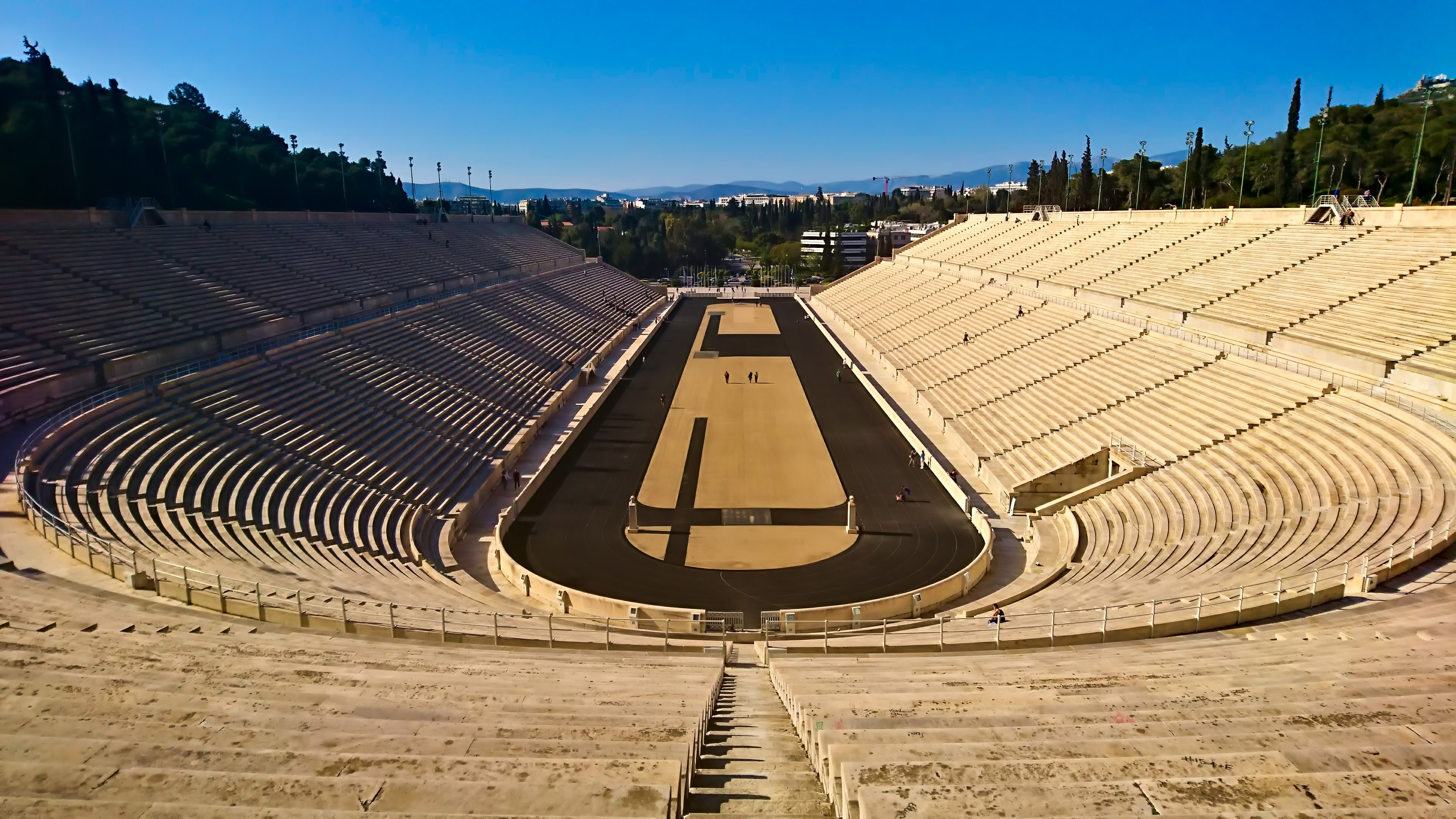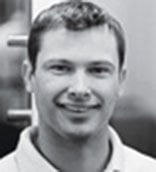Fitness and wellness have been around since the time of Homer in Ancient Greece, though they haven’t always looked like they do today. Cleopatra used cosmetics, lotions, and wraps with ingredients we see on shelves now, but her lifestyle wasn’t accessible for most people. In 2022, personal care and beauty made up 19% of the $5.6 trillion global wellness market, according to the Global Wellness Institute.
Let’s dive into the history of wellness and fitness to better understand how to live healthy, more fulfilled lives.
TABLE OF CONTENTS
- What is the Global Wellness Institute?
- A Timeline of Fitness and Wellness
- Ancient Fitness and Wellness
- Modern Fitness and Wellness
WHAT IS THE GLOBAL WELLNESS INSTITUTE?
The Global Wellness Institute (GWI) is a nonprofit organization that focuses on improving wellness around the world by educating both the public and private sectors about preventative health and wellness.The most recent GWI Global Wellness Economy Report provided some key insights into the modern state of wellness.
According to the report, wellness is an industry that earns nearly $4.4 trillion per year, with North America spending the most money per capita on wellness: approximately $3,650 per year. Most of that spending went toward healthy eating, nutrition, and weight loss; personal care and beauty; and physical activity.
These three categories accounted for roughly $700 billion in spending in the United States alone. In healthy eating, nutrition, and weight loss, consumers mostly focused their spending on:
- Health food products and supplements
- Weight loss products and supplements
- Weight loss services and programs (e.g., online or in-person weight loss programs, dietitians, and nutritionists)
The findings of the GWI US Geography of Wellness Report highlighted that the United States demonstrates a leading interest in wellness, specifically in nutrition, weight loss, and physical activity.
Want more information on how you can become a Certified Wellness Coach? Click here to see what NASM can offer you as a future leader in a thriving industry.
a timeline of fitness and wellness
The word “wellness” was first used in the English language in 1655 to mean the opposite of “illness.” The Global Wellness Institute defines wellness as the active pursuit of activities, choices, and lifestyles that lead to a state of holistic health.
Although fitness is part of wellness, the wellness industry includes much more. Components of wellness often include (but aren’t limited to):
• Physical
• Mental
• Spiritual
• Emotional
• Social
• Environmental
Experts sometimes describe wellness as a wheel. If the components aren’t balanced properly, you may have a bumpy experience. On the other hand, the more balanced each piece is, the smoother the wheel turns. At the same time, focusing too much on one component can throw off the balance of the wheel.
ancient fitness and wellness
Fitness and wellness have been around for millennia in the forms of religious and spiritual practices, baths, and even skincare.People have used religious and spiritual practices to better their mental and physical health for thousands of years¹.
Over 4,000 years ago in ancient India, religious leaders used Ayurvedic (knowledge of life) teachings and values combined with other treatments such as oil massages to help liberate the physical and spiritual self.
Chinese medicine was created around a thousand years later, using teachings from Taoism and Buddhism to help focus on health and wellbeing. It included physical components, like tai chi, acupuncture, and herbal medicine, as well as emotional and mental practices like harmony in life and qi gong. which date back to 3,000-2,000 BC. All these wellness practices are still in existence today.
Around 551 BC, a philosopher called Confucius or Master Kong founded Confucianism, an ancient form of non-religious spirituality based on principles of a good life, loyalty and respect of elders and family, and harmony and altruism. Following its teachings has also been shown to have health and wellness benefits².
In Ancient Greece, Homer and Hesiod wrote about restorative baths around 500 BC. Then, Hippocrates and Plato wrote about hydro and thermotherapies, which included both hot and cold baths (think of modern hot tubs and cold plunges)³.
During the Roman era, natural hot springs in what is now Bath, England, were turned into temples and ancient spas. The healing effects of the Roman baths and thermal springs were known as “sanus per aquam,” or “healing through water,” which is where we get the word spa today.
People would take pilgrimages to these Roman baths for the:
- Physical benefits of the hot springs
- Mental stimulation that came from communally sharing ideas
- Spiritual experiences in the temples
- Emotional benefits of relaxation
- Social comradery
- Safety and comfort of the environment
After the baths, patrons often received massages with oils for skincare and relaxation.
Cleopatra was well known for her milk baths in springs and stone pools throughout Ancient Egypt, with natural ingredients like honey, herbs, and rose oil. She also used water vapors (steam) and mud wraps from the Dead Sea as part of her cosmetic routines.
17th and 18th Centuries
After the Roman Empire fell, there was a decline in some wellness practices until the late 1700s. People used thermal baths for cleanliness and therapeutic purposes, not for social engagements or other wellness practices³.
In the 1790s, a German physician named Christian Hahnman developed homeopathy, a practice using natural substances to help the body heal on its own. In the 1860s, another German physician brought back hydrotherapy along with the use of herbs, exercise, and nutrition to promote healing.
19th Century
From 1860 to 1900, the evolution of wellness included the development of osteopathy and chiropractic medicine, as well as a focus on a balanced diet of fruits and vegetables.
In the 1880s, the YMCA became one of the first wellness organizations. It focused on developing and fortifying the mind, body, and spirit.
20th Century
The 20th century saw a stratospheric rise in wellness associated education, experiences, and products.
1900s
In the early 1900s, John Harvey Kellogg (a household name today in breakfast cereals), started his life’s work: advocating for hydrotherapy, fresh air, exercise, and a healthy diet to help people “learn to stay well.”
1950s
J.I. Rodale started publishing Prevention magazine in the 1950s. The publication was one of the first health publications, and it provided the public alternative and preventative wellness education.
1970s
In the 1970s, Dr. John Travis, Don Ardell, and Dr. Bill Hettler created wellness systems, lectured and wrote books and workbooks on those systems, and developed wellness assessments. These “fathers of the wellness movement” and their associates created the world’s first wellness and university wellness centers. They also established National Wellness Institute and National Wellness Conference in the US.
1980s-2000s
During these decades, wellness became mainstream with the spread of gyms, spas, and workplace wellness programs. Celebrities like Arnold Schwarzenegger and Jane Fonda led a fitness movement that became popular in homes and gyms across the country.
Modern Fitness and Wellness
Modern technology has advanced the fitness and wellness industries and made it accessible to more and more people through apps, smart devices, and advanced equipment.
Although air compression sleeves, infrared saunas, and handheld percussive massage tools add to wellness, they’re just a small part of all the experiences out there. An estimated $5.6 trillion is spent worldwide on wellness including:
- Personal care and beauty: $1.089 trillion
- Healthy eating, nutrition, and weight loss: $1.079 trillion
- Physical activity: $976 billion
- Wellness tourism: $651 billion
- Public health, prevention, and personalized medicine: $611 billion
- Traditional and complementary medicine: $519 billion
- Wellness real estate: $398 billion
- Mental wellness: $181 billion
- Spas: $105 billion
- Springs: $46 billion
- Workplace wellness: $51 billion
Source: The Global Wellness Economy: Country Rankings (2019-2022)
Today, the Global Wellness Institute produces unparalleled research in the world of wellness. They provide the details about the global wellness economy, as well as working with government leaders, policy makers, public officials, private businesses, and nonprofits to influence and direct wellness industry policy. Their policy reports on both Health, Happiness, and the Wellness Economy and Wellness Policy Toolkit: Physical Activity are excellent resources.
become a Certified Wellness Coach
If you want to help people better connect with their own wellness goals, consider becoming a certified wellness coach. National Academy of Sports Medicine’s Certified Wellness Coach course is a comprehensive course that teaches how to coach long-term behavior and lifestyle changes while providing tools and education from leading experts and researchers in the field.
The state-of-the-art online learning platform is interactive, immersive, and easy to navigate. Enroll in the program to get the education, tools, and credentials needed to become a Certified Wellness Coach.
What to read next
- How the Global Wellness Institute is Bringing Food, Fitness, and Wellness Together
- Unlocking Wellness: Navigating the Three Pillars of the Health Triangle
- How the Global Wellness Institute is Helping You Practice Mindful Movement
____________________________________________
1. M. Akerman, R. Mendes, S. Lima, H.L. Guerra, R.A.D. Silva, D.P. Sacardo, & J.C.A. Fernandez, Religion as a protective factor for health (2020). Religion as a protective factor for health. (Einstein, Sao Paulo, Brazil), 18, eED5562. https://doi.org/10.31744/einstein_journal/2020ed5562
2. Y.C. Chen, Chinese values, health and nursing. Journal of advanced nursing. (China, 2001). https://doi.org/10.1046/j.1365-2648.2001.01968.x
3. S. Gianfaldoni, G. Tchernev, U. Wollina, M.G. Roccia, M. Fioranelli, R. Gianfaldoni, & T. Lotti, History of the Baths and Thermal Medicine. Open Access Macedonian Journal of Medical Sciences, (2017) 5(4), 566–568. https://doi.org/10.3889/oamjms.2017.126

















